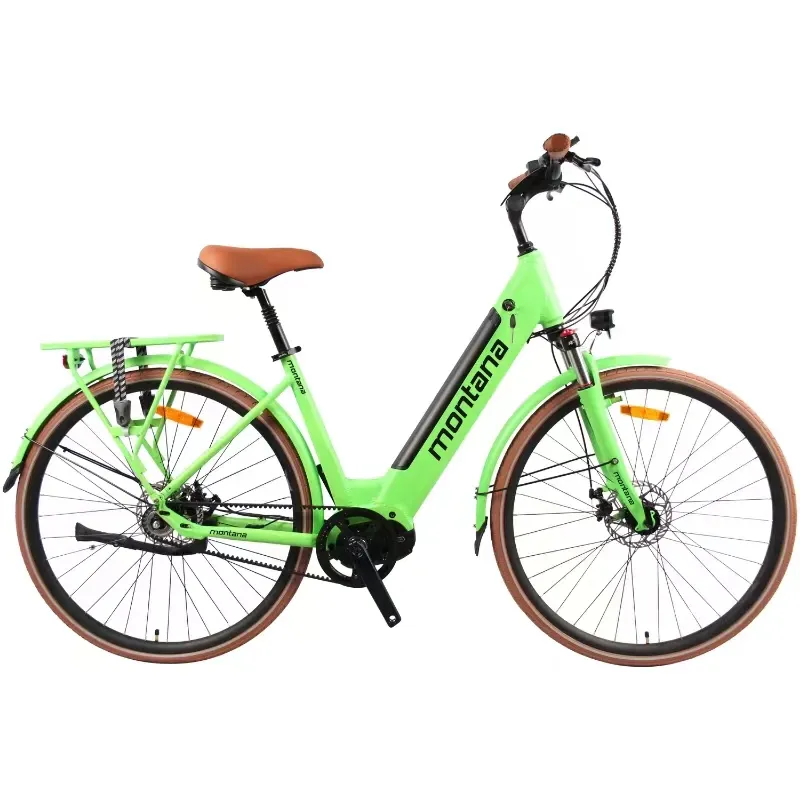
- Afrikaans
- Albanian
- Amharic
- Arabic
- Armenian
- Azerbaijani
- Basque
- Belarusian
- Bengali
- Bosnian
- Bulgarian
- Catalan
- Cebuano
- Corsican
- Croatian
- Czech
- Danish
- Dutch
- English
- Esperanto
- Estonian
- Finnish
- French
- Frisian
- Galician
- Georgian
- German
- Greek
- Gujarati
- Haitian Creole
- hausa
- hawaiian
- Hebrew
- Hindi
- Miao
- Hungarian
- Icelandic
- igbo
- Indonesian
- irish
- Italian
- Japanese
- Javanese
- Kannada
- kazakh
- Khmer
- Rwandese
- Korean
- Kurdish
- Kyrgyz
- Lao
- Latin
- Latvian
- Lithuanian
- Luxembourgish
- Macedonian
- Malgashi
- Malay
- Malayalam
- Maltese
- Maori
- Marathi
- Mongolian
- Myanmar
- Nepali
- Norwegian
- Norwegian
- Occitan
- Pashto
- Persian
- Polish
- Portuguese
- Punjabi
- Romanian
- Russian
- Samoan
- Scottish Gaelic
- Serbian
- Sesotho
- Shona
- Sindhi
- Sinhala
- Slovak
- Slovenian
- Somali
- Spanish
- Sundanese
- Swahili
- Swedish
- Tagalog
- Tajik
- Tamil
- Tatar
- Telugu
- Thai
- Turkish
- Turkmen
- Ukrainian
- Urdu
- Uighur
- Uzbek
- Vietnamese
- Welsh
- Bantu
- Yiddish
- Yoruba
- Zulu
Nov . 10, 2024 15:44 Back to list
Tips for Fine-Tuning Your Mountain Bike's Rear Derailleur Adjustment
Adjusting the Rear Derailleur on a Mountain Bike A Comprehensive Guide
Maintaining your mountain bike is essential for optimal performance, and one of the critical components that require regular adjustments is the rear derailleur. The rear derailleur is responsible for shifting the chain across the rear cassette, enabling you to change gears smoothly. If you've noticed that your shifts aren’t as crisp or precise as they used to be, it might be time to adjust your rear derailleur. This guide will walk you through the process.
Understanding the Basic Components
Before diving into adjustments, it's important to understand the different parts of the rear derailleur. The key components include
- B-screw This changes the angle of the derailleur and the distance between the derailleur and the cassette. - Limit screws (high and low) These screws set the maximum and minimum positions for the derailleur, preventing the chain from falling off the cassette. - Cable tension adjustment This can be fine-tuned to ensure that the derailleur moves precisely with the cable pull.
Tools Required
To adjust the rear derailleur, you will need a few basic tools - A Phillips screwdriver - A 5mm Allen wrench (for most derailleur types) - A cable cutter - A bike stand (optional but recommended for easy access)
Step-by-Step Adjustment Process
Step 1 Inspect the Derailleur and Components
Before making any adjustments, take a moment to inspect the rear derailleur, cable, and housing for any visible signs of wear or damage. Check for frayed cables or bent derailleur hangers. If any parts are damaged, you'll need to replace them before proceeding.
Step 2 Setting the Limit Screws
Start by setting the limit screws to ensure your derailleur doesn't allow the chain to overshift
- High Limit Screw Shift your bike into the smallest chainring and the smallest rear cog. Locate the high limit screw (usually marked with an H) and adjust it until the derailleur is positioned just inside the outermost cog. - Low Limit Screw Shift into the largest rear cog while on the smallest chainring. Adjust the low limit screw (marked with an L) until the derailleur aligns perfectly with the largest cog, ensuring it prevents the chain from moving beyond this point.
adjusting rear derailleur mountain bike

Step 3 Adjusting Cable Tension
Next, you'll want to fine-tune the cable tension for optimal shifting performance. If your bike has difficulty shifting into larger cogs, you may need to increase the cable tension. Conversely, if it struggles to shift to smaller cogs, decrease the tension.
- To increase tension, turn the adjuster counterclockwise; to decrease it, turn it clockwise. Make small adjustments and test the shifting after each change.
Step 4 Adjusting the B-Screw
The B-screw plays a vital role in maintaining the optimal distance between the derailleur and the cassette. In general, there should be about 5-6mm of space between the top pulley of the derailleur and the largest cog when in the highest gear.
- To adjust, simply turn the B-screw clockwise to bring the derailleur closer or counterclockwise to move it away.
Step 5 Test Shifting Performance
Once you've made all the necessary adjustments, it’s time to test the shifts. Shift through all the gears to ensure smooth transitions. Pay attention to any skipping or hesitation, indicating that further adjustments might be needed.
Final Tips and Maintenance
- Regularly check the alignment of your derailleur, especially after rides on rough terrain. A misaligned derailleur can lead to poor shifting. - Keep your drivetrain clean and lubricated to enhance shifting performance and prolong the life of your components. - If you find yourself frequently making adjustments, consider having your local bike shop inspect your bike to identify underlying issues.
Conclusion
Adjusting the rear derailleur on your mountain bike is a straightforward process that can vastly improve your riding experience. With the right tools and a little patience, you'll be shifting smoothly in no time. Remember, proper maintenance will not only enhance your performance but also extend the life of your bike’s components, ensuring many enjoyable rides ahead.
-
The Ultimate Kids' Four-Wheeler Experience
NewsJul.09,2025
-
The Ultimate Guide to Mountain Bikes: Gear Up for Your Ride
NewsJul.09,2025
-
The New Age of Cycling: Electric Bikes for Every Rider
NewsJul.09,2025
-
The Best Kids Bicycles: Ride in Style and Safety
NewsJul.09,2025
-
The Best 3-Wheel Scooters for Kids: Fun, Safety, and Adventure
NewsJul.09,2025
-
Revolutionize Your Ride: Affordable Electric Bikes
NewsJul.09,2025
-
Finding the Perfect Mountain Bike for Every Rider
NewsJul.09,2025



